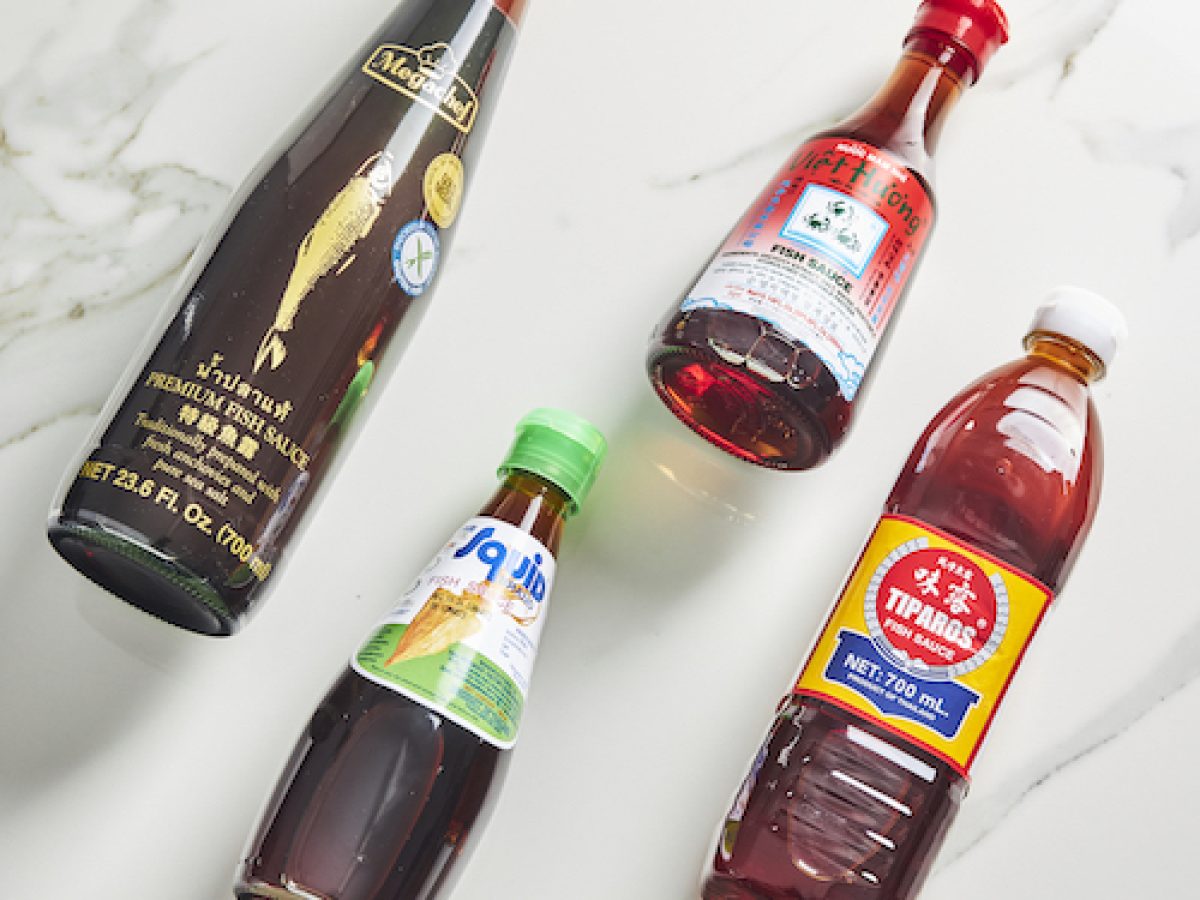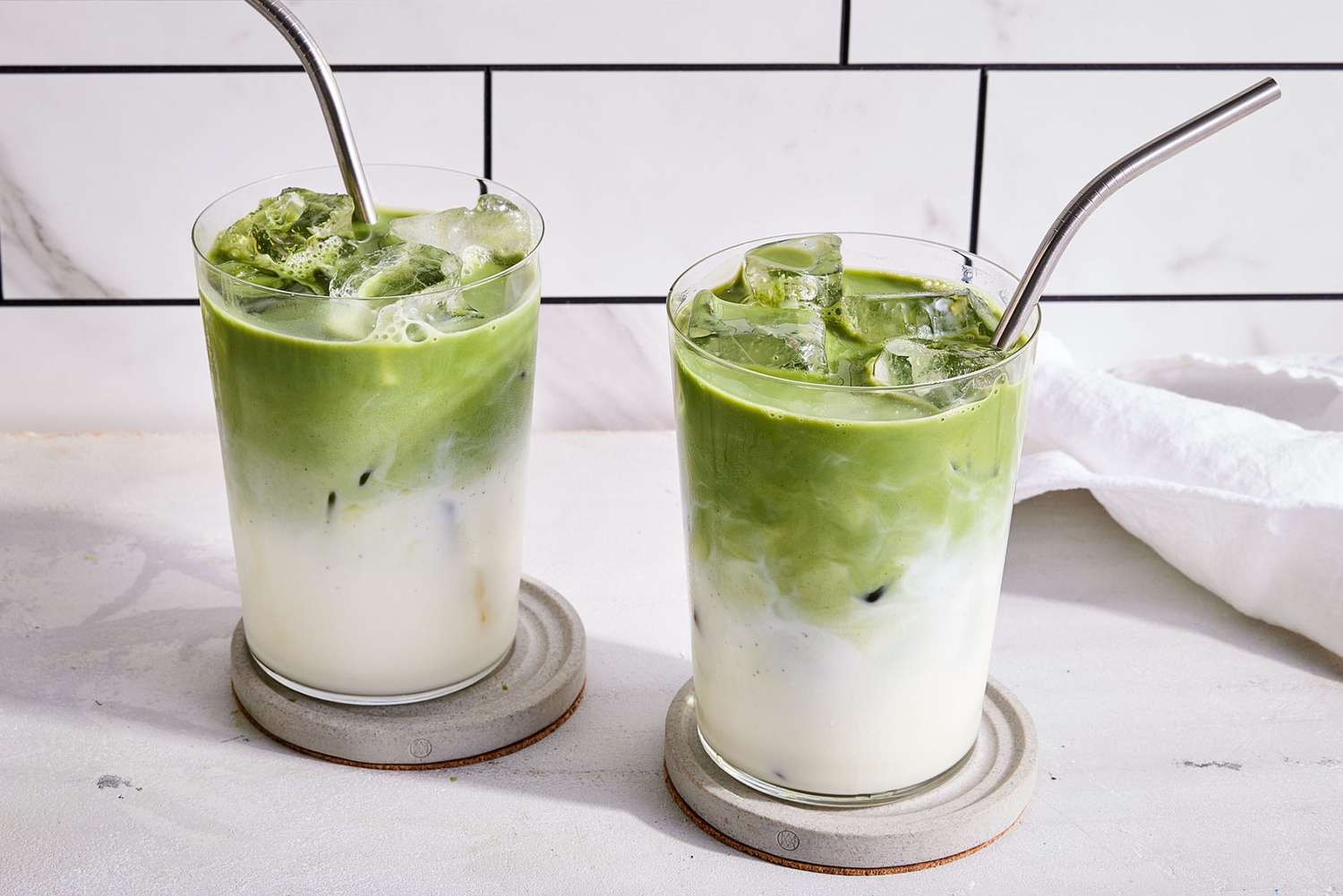Fermented fish sauce may not sound glamorous, but this pungent liquid has shaped the culinary identity of Southeast Asia for over 2,000 years. Known as nam pla in Thailand, nước mắm in Vietnam, and patis in the Philippines, this dark amber condiment is crafted by layering small fish (often anchovies) with salt and allowing it to ferment for several months to over a year. The result is a rich, savory sauce packed with umami that enhances everything from stir-fries to dipping sauces.
What makes fish sauce extraordinary isn’t just its flavor, but its deep roots in food anthropology. Ancient Romans had garum, a similar preparation, highlighting how early civilizations recognized the value of fermentation for both flavor and preservation. Today, traditional fish sauce is still produced in coastal villages, often using age-old methods passed through generations, making it not only a culinary staple but also a cultural artifact.
Modern chefs and food scientists continue to study fish sauce for its amino acid profile, which naturally boosts the umami taste without artificial additives. As the world leans into fermented foods for both gut health and sustainability, fish sauce stands as a time-honored ingredient that bridges the ancient with the contemporary—delivering flavor, tradition, and nutrition in a single bottle.




